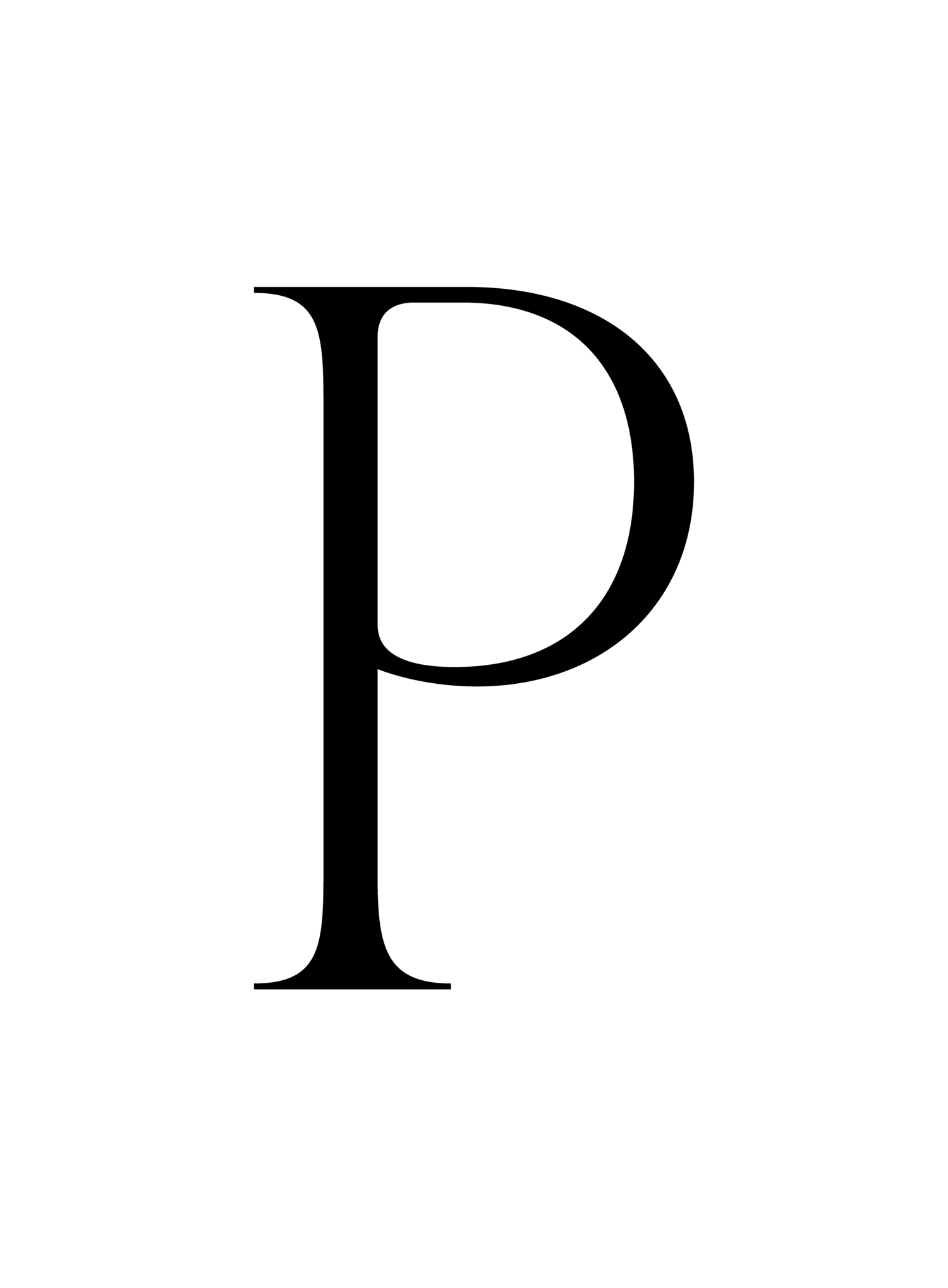Trademarks and Trade Dress
What Trade Dress and Trademarks can do to protect your brand
A strong brand is an important asset to a business and can be critical in attracting consumers and establishing a unique identity. A catchy name, logo, or slogan can help you stand out from your competitors, and positive connotations established by branding efforts can often mean the difference between failure and success. These types of brand identifiers are protectable via trademarks, but most business owners don’t know that trade dress – the “look and feel” of a product or store – can be protected by a trademark as well. Trademark protection for trade dress extends to the design, appearance, or even packaging of a product or service.
A look at what trade dress protection is
Trade dress protection can be pretty broad, and covers features such as size, shape, color, texture, graphics, or even certain business techniques. Examples of trade dress protected by trademark include:
The Tiffany blue box,
The shape of the Coca Cola bottle,
The 7-11 store color scheme,
In order to qualify for protection, though, trade dress must be both “non-functional” and “distinctive.” The courts use various tests to ascertain whether trade dress satisfies these requirements.
In order for a court to find a product element to be non-functional, it cannot be essential to a product’s purpose or use, affect a product’s cost or quality, or put competitors at a significant non-reputational disadvantage. For example, a glass bottle by itself is functional, but when you add design features such as a particular shape or texture, such features are likely to be considered non-functional by a court since they contribute little to the bottle’s functionality. Colors also tend to be ripe areas for trade dress protection, as they are usually not integral to the function of a product.
Even though trade dress may satisfy the non-functionality requirement, it must also be recognizable to consumers in some way or have acquired a secondary meaning in order to qualify for trademark protection. The standards for distinctiveness differ depending on whether the trade dress in question is for package or product design.
Although packaging can be inherently distinctive, courts commonly agree that product design trade dress is almost never inherently distinctive. It is up to a business to establish that consumers have come to associate the trade dress with the particular product or service in question.
Typically, if a business has used the trade dress continuously in commerce for at least five years, that is sufficient to establish a prima facie showing of acquired distinctiveness. There are other ways to establish that trade dress has become distinctive, though, including consumer surveys and testimony, media recognition, and evidence of the expense and effort undertaken by the business to promote the trade dress. Although establishing distinctiveness can be a heavy burden for a business seeking a trademark, courts are generally willing to recognize trade dress that is commercially recognized and associated with a product or service.
If a business has established unique trade dress associated with its branding efforts, it is important to protect the trade dress along with its other forms of intellectual property. Developing a brand can take a considerable amount of effort and resources and may take a prolonged period of time. For many businesses, the brand will be the most important asset owned and should be protected accordingly.
Contact a California Trade Dress and Trademark Lawyer Today
At Parsus Law, our services go far beyond the scope of a traditional corporate law firm. With our wide range of experience and passions, our team is equipped to support your business in all aspects of corporate law, including mergers and acquisitions. Contact Parsus Law today for a confidential consultation and to learn more.
